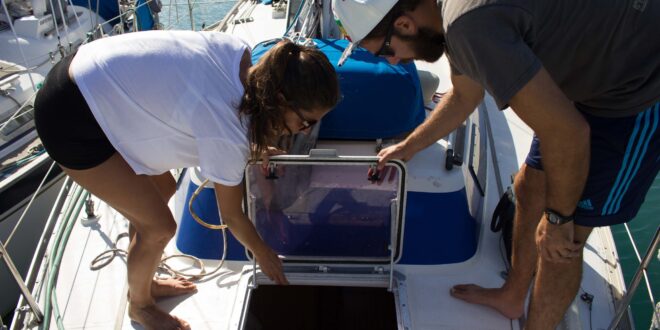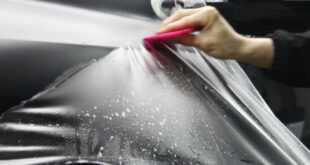Boats are an investment and it can be frustrating to have to take them to a repair shop every time an issue arises. However, with the right tools and knowledge, many common boat problems can be fixed on your own.
Whether you’re a seasoned boater or just starting out, this guide will walk you through the steps to maintain and fix some of the most common issues.
Maintenance and Accessorizing
Before we dive into specific repairs, it’s important to understand the importance of proper boat maintenance. This includes cleaning and protecting the exterior of your vessel, as well as regularly inspecting and maintaining the various systems and components that keep your boat running smoothly.
Having the right boat accessories on hand is also important for DIY repairs. Basic tools such as pliers, screwdrivers, and wrenches are a must, but you may also want to invest in specialized tools such as a marine-grade battery charger or an outboard motor flush kit.
Fixing a Leaky Hull
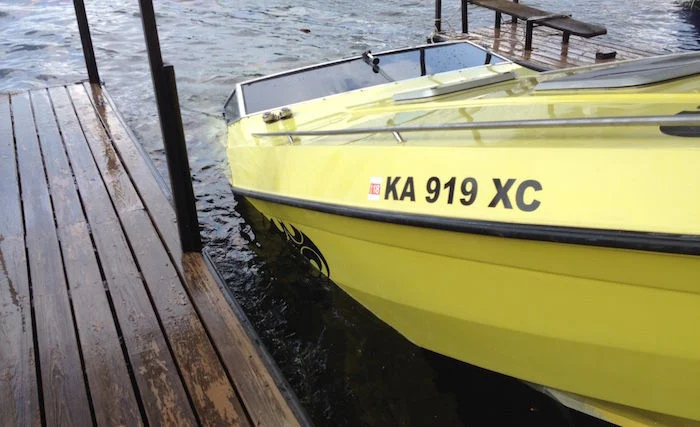
One of the most common issues is a leaky hull. If you’ve noticed water accumulating in your boat, it’s important to address the issue as soon as possible to prevent further damage. To fix a leaky hull, you’ll need to locate the source of the leak and patch it up.
To start, inspect the hull for cracks or holes. You can also use a hose to test for leaks by spraying water over the hull and looking for any drips. If you’ve found the source of the leak, use a marine-grade epoxy to patch it up.
Replace Damaged Propellers
A damaged propeller can make it difficult to navigate your vessel and can also cause damage to the engine. If you’ve noticed that your boat is vibrating more than usual or you’ve hit something while boating, it’s possible that your propeller has been damaged.
To replace a damaged propeller, you’ll need to remove the old propeller and install a new one. This can usually be done with a wrench and a socket set. If you’re unsure about how to do this, you can consult your boat’s owner’s manual or seek the advice of a professional.
Dead Battery
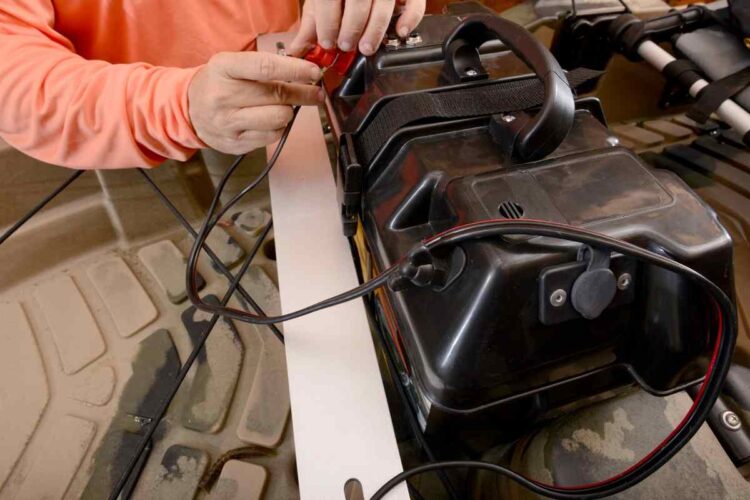
A dead battery is a common problem for boat owners, especially if your boat hasn’t been used for a while. To fix a dead battery, you’ll need to recharge it. This can be done with a marine-grade battery charger or by jumping your boat with another vehicle.
If you’ve charged the battery and it still won’t hold a charge, it may be time to replace it. To do this, you’ll need to disconnect the old battery and install a new one. Be sure to choose a marine-grade battery that is designed for use in boats and follow the manufacturer’s instructions for installation.
Engine Issues
Engine issues can be some of the most frustrating and difficult problems to fix on your own, but with the right tools and knowledge, you can tackle many common engine problems.
If your engine won’t start, the first thing to check is the battery. If the battery is charged, you may have a fuel issue. Check the fuel tank to make sure it’s not empty and that there’s no debris in the fuel line. If you’re still having trouble, you may need to consult a professional.
If your engine is running poorly, there are a few things you can check. Check the spark plugs and make sure they’re in good condition. If they’re worn or fouled, replace them. You should also check the air and fuel filters and replace them if they are dirty or clogged. If you’re still having issues, you may need to have a mechanic diagnose the problem.
Fixing Electrical Issues
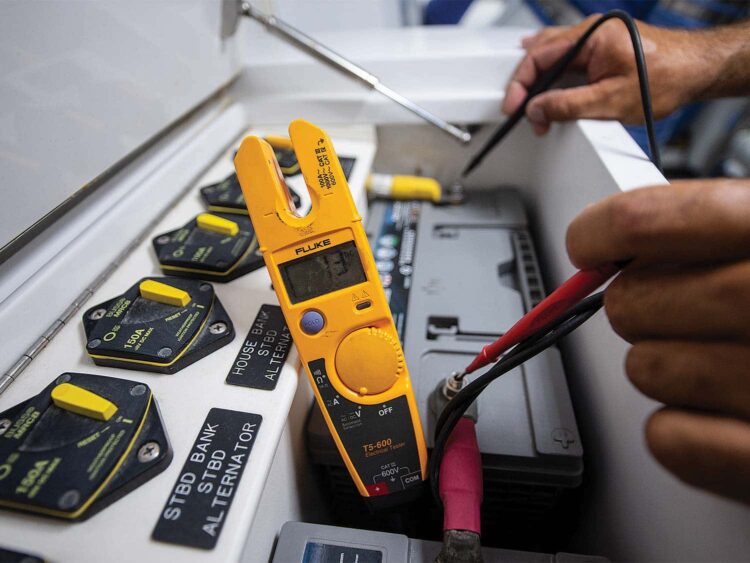
Electrical issues can be another source of frustration for boat owners. Some common electrical issues include blown fuses, faulty switches, and dead batteries. To fix these issues, you’ll need to diagnose the problem and then repair or replace the affected component.
If you’ve blown a fuse, you’ll need to replace it with a new one of the same rating. If you’re having trouble with a switch, you can try cleaning the contacts or replacing the switch if it’s faulty. If you’ve got a dead battery, you can refer to the section on fixing a dead battery above.
Conclusion
DIY boat repair can be a great way to save money and get the job done on your own. With the right tools, materials, and knowledge of how to use them properly, you can fix many common issues with ease.
Of course, if you are ever in doubt about completing a certain job or something does not seem quite right, it is always best to seek help from an experienced professional who will be able to ensure that repairs are completed safely and correctly.
 Hi Boox Popular Magazine 2024
Hi Boox Popular Magazine 2024
